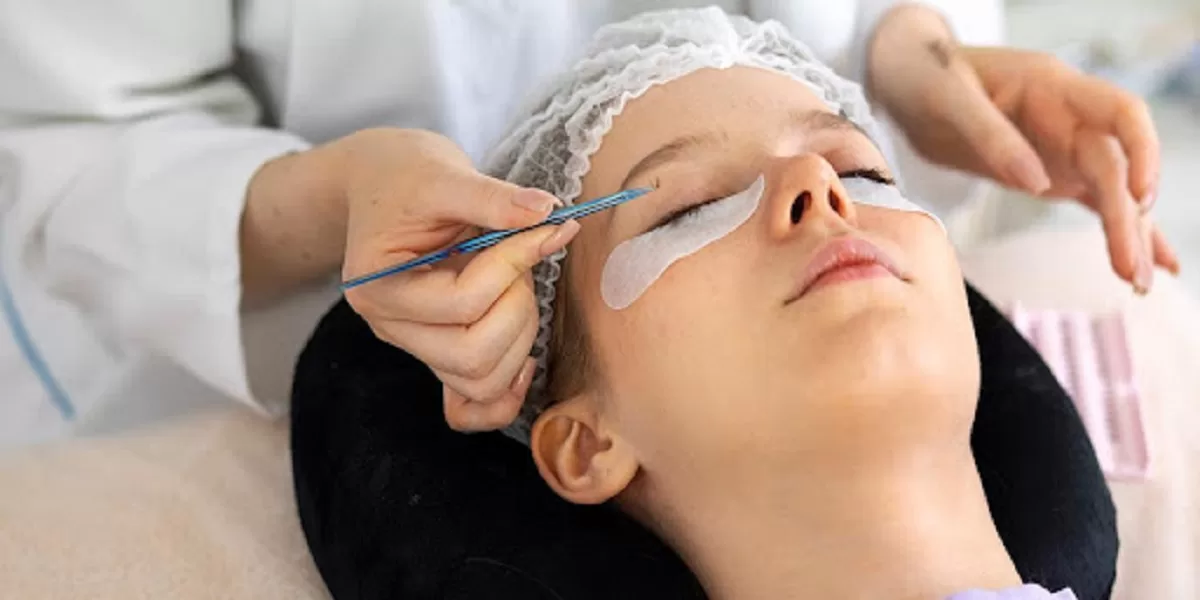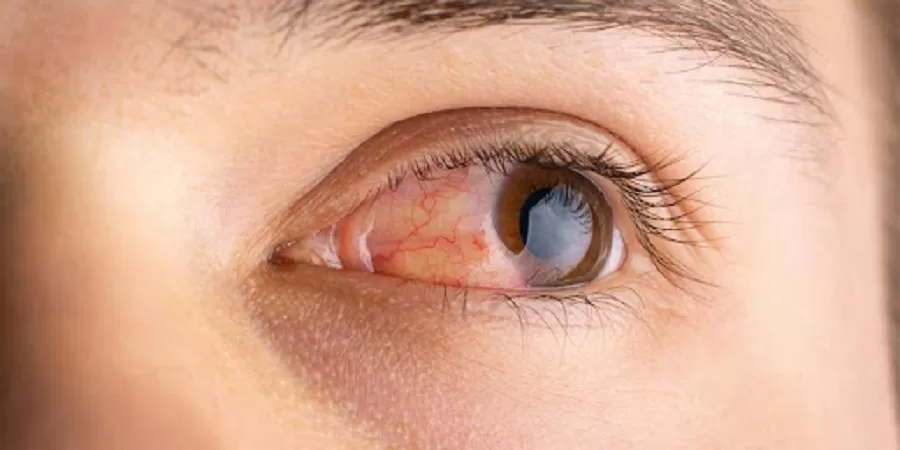For many expecting mothers, lash extensions seem like the perfect way to enhance natural beauty without using mascara and other makeup. But are lash extensions actually safe when you’re pregnant? This comprehensive guide examines the potential risks of eyelash extensions during pregnancy as well as precautions to take.
We’ll provide tips on minimizing risks and working with your technician to achieve beautiful lashes safely. Read on for everything pregnant women need to know about the safety of eyelash extensions.

How Pregnancy Affects the Eyes and Lashes
Before delving into lash extension safety, it’s important to understand the ocular changes that occur during pregnancy. The eyes go through quite a transformation thanks to surging hormones.
For starters, oil production increases significantly. The oil glands around the eyes become more active. This leads to oilier lids and lashes. There is also more fluid retention around the eyes due to the body’s increased blood volume. This tissue swelling can put pressure on the eyes.
Moreover, the hormones can impair muscle and ligament strength around the eyes. This includes the tiny ligaments that support the eyelashes. Lashes may shed more easily as these ligaments loosen.
To accommodate changes in vision, the cornea thickens and curvature flattens during pregnancy. This can cause some temporary vision changes like sensitivity to light or blurred vision. The eyes are in flux as the body readies for childbirth and lactation.
Risks of Lash Extensions During Pregnancy
With the eyes undergoing so many changes, getting lash extensions from popular Eyelash Extension Brands during pregnancy poses some unique risks and considerations.
Glue Irritation and Allergy Pregnancy comes with skin sensitivity as estrogen increases. The ingredients in lash glue may cause burning, stinging, redness or itching in pregnant women when they didn’t previously. Discontinue use if any irritation occurs.
Infection

Extra debris, skin cells and oil along the lash line raise infection risk. Pregnant women are already prone to styes due to shifting hormones. Meticulous lash line cleansing is essential to prevent bacteria buildup that could lead to infections around the delicate eye.
Pulling on Follicles
As hormone levels rise and fall during pregnancy, the hair follicles become extra sensitive. The constant gentle tugging of eyelash extensions could put excessive strain on the hair follicles. This raises the risk of developing traction alopecia or permanent lash loss.
Damage to Cornea
Increased corneal thickness and dryness make the surface nerves more exposed. Rubbing the eye area or allowing extensions to scratch the eye could be quite painful. Avoid eye rubbing and have a skilled technician handle extensions with care near the eyes.
Discomfort Laying Flat
Getting eyelash extensions requires laying flat for 90 minutes or more. As pregnancy progresses, lying on the back for extended periods can become uncomfortable or dizzying. Provide extra neck and back support during appointments.
Precautions for Safe Use
If you opt to get eyelash extensions during pregnancy, take these added precautions:
- Ask for lighter, wispier sets to avoid too much weight tugging on follicles.
- Go longer between fill appointments to minimize manipulation.
- Have a technician you trust to take extra care around swollen, sensitive eyes.
- Avoid total isolation of lashes to prevent excessive pulling and allow oil to reach follicles.
- Do not allow the bonding agent to touch eye surface due to corneal sensitivity.
- Cleanse thoroughly but gently to avoid infection in oilier areas.
- Sleep on your back to avoid unnecessary rubbing with pillows.
- Use preservative-free saline spray to refresh eyes and prevent dryness.
- Apply warm compresses to help improve blood flow if extensions cause any discomfort.
When to Avoid Extensions Completely
While lash extensions can be low risk for many pregnant women, some doctors recommend avoiding them entirely during pregnancy. Here are some instances where holding off is best:
- You have a history of lash infections like styes or blepharitis.
- Your eyes become severely dry and irritated during pregnancy.
- You developed traction alopecia following past lash procedures.
- You have an adverse reaction or allergy to lash glue ingredients.
- You experience discomfort lying prone for extended periods.
Every woman and every pregnancy is unique. Have an open conversation with both your OBGYN and lash technician about your history before making your decision.
Finding a Pregnancy-Friendly Technician
If you opt for eyelash extensions, finding the right technician is paramount. Be selective about choosing someone who has experience working with pregnant women.
Warning signs of a non-pregnancy friendly lash artist:
- Uses glue with potentially harmful ingredients like formaldehyde
- Isn’t willing to accommodate your need for extra cushions and breaks
- Suggests very heavy lash sets instead of lighter wispy ones
- Rushes service and doesn’t give your eyes gentle care
- Lacks training in sanitation practices
Only go to a technician that makes you feel safe, supported and heard during the process. Don’t be afraid to speak up or stop service if you have any concerns or discomfort.
Bottom Line on Safety
While lash extensions can give expecting mothers a boost of confidence, they do come with risks that require diligent precautions. Weigh the benefits and potential complications fully before proceeding. If extensions won’t work comfortably for you during this special time, mascara and strip lashes are great safe alternatives.
With care from a technician who understands the changes your body is undergoing, extensions can be low risk for many pregnant women. But when in doubt, lean toward caution to protect your eye health and your baby.


